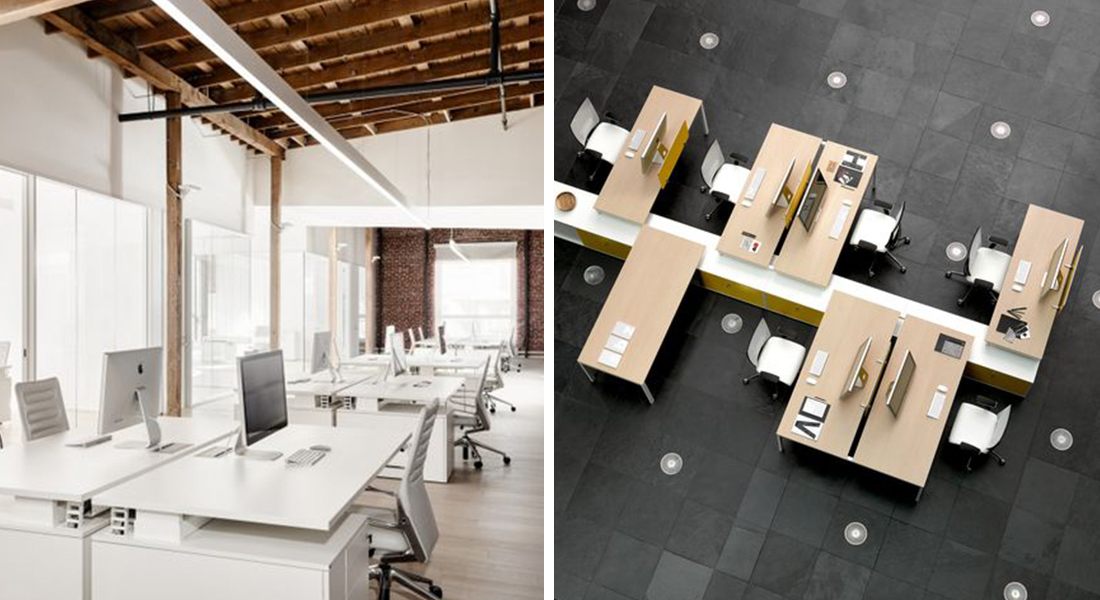
Mastering the art of boardroom productivity
In an era where companies are always looking for new, bigger and better ideas, it’s essential to design a space that encourages employees and clients to let their creative ideas flow. If you look at it from the flip side, a bland room will be of no help when it comes to finding solutions in a productive, time efficient way.
So what gives a space personality? The following six tips are the perfect place to start when it comes to making your boardroom a more productive space:
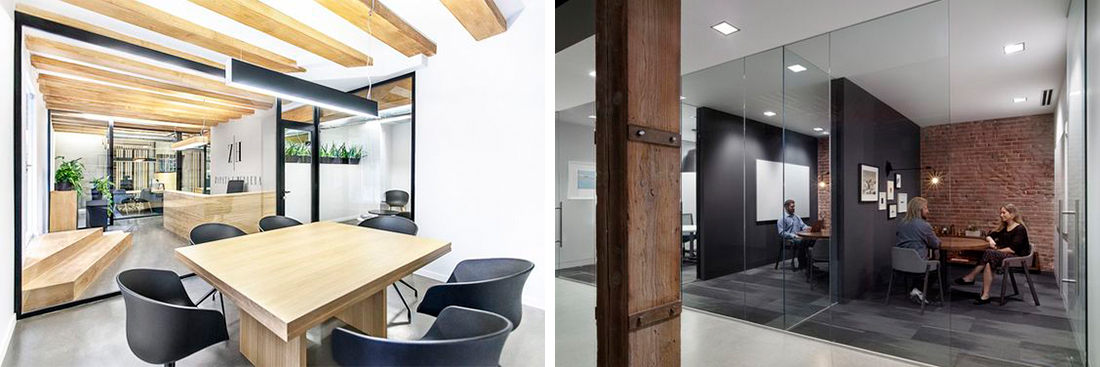
1. Ramp up comfort levels
To facilitate a relaxed and productive meeting, change up the seating arrangements. For example, consider comfortable armchairs around an informal round table rather than stiff backed chairs at a long narrow table as a way to help everyone reach their creative potential.
Meeting spaces should also be adapted depending on your work environment. Take a law firm as an example, where leather chairs at a beautiful oak table work brilliantly, compared to an advertising agency, where you may want a collection of vibrant comfy chairs and white glass table to scribble ideas on.
Keep in mind that meeting rooms can also double up as function venues, and always work well with a refreshment station designed into the space for a coffee fix, or celebratory/ client function.
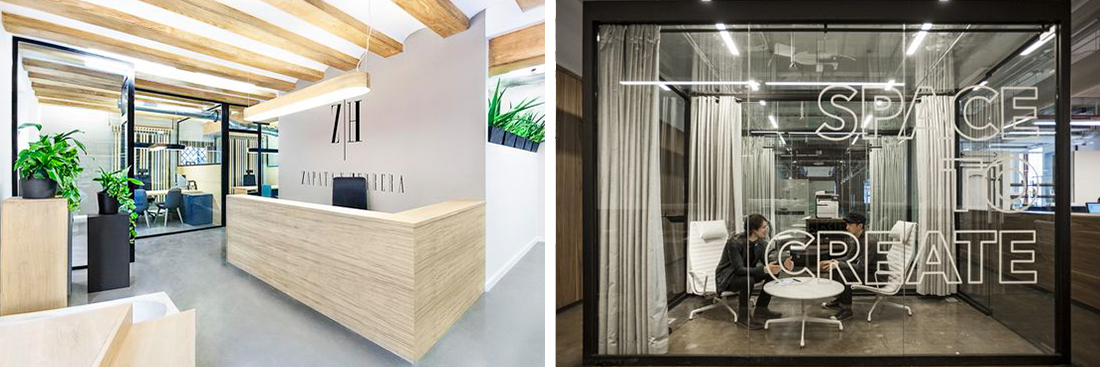
2. Boost employees’ wellbeing
Nature is the best way to make creativity blossom. Sunlight, fresh air and natural surroundings have been found to boost energy levels, creativity and focus. Something as simple as having a window view that looks out onto nature could decrease mental fatigue and stress levels.
Find out more about what plants can do for your office or boardroom in one of our previous blog posts explaining the benefits of office plants and which types work best.
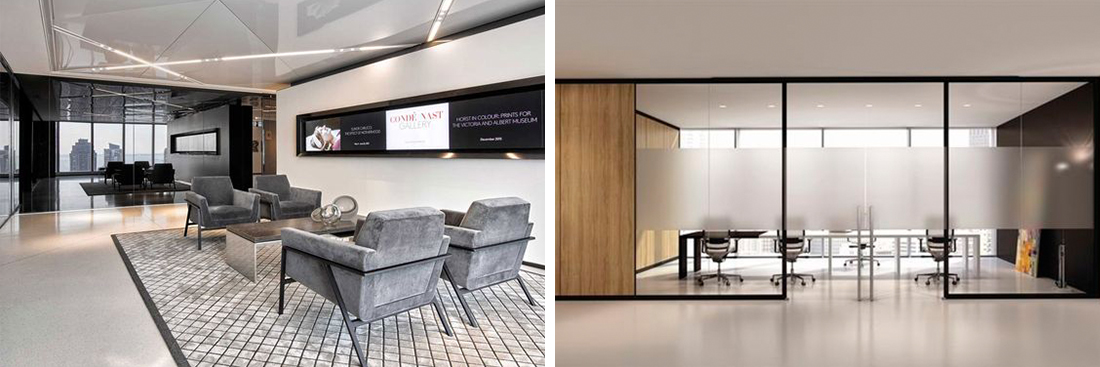
3. Address the acoustics
Having a space that has a lot of reverb, like an echo chamber, could lead to a decrease in productivity. If a space has a lot of hard surfaces, noises will bounce around or get lost. So it’s important to create a space where excess sounds are absorbed – increasing a sense of privacy and making sounds clearer and easier to understand.
Walls and ceilings are the main surfaces to address in terms of acoustics. Acoustic panelling to the outside surfaces is the easiest solution in an existing space, but you can also include sound insulation material inside ceiling voids and drywall cavities. Acoustic panels can be in a plain paintable finish, similar to a drywall – that can be painted with a colour to complement the brand and space. The use of a carpet or rugs could also help with the floors’ sound absorption.
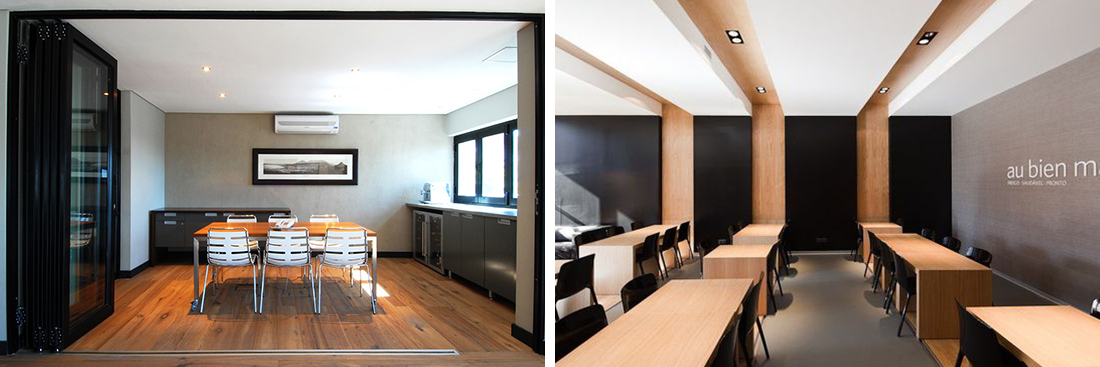
4. Size matters
Try to stick to the formula of five people or less for collaborative meetings. The more people in the room, the less chance you have of remaining focused, as noise levels increase and people become distracted. Therefore, it is once again important to create different spaces for different types of meetings. For example, presentations can take place in a larger boardroom, with collaborative meetings in smaller spaces.
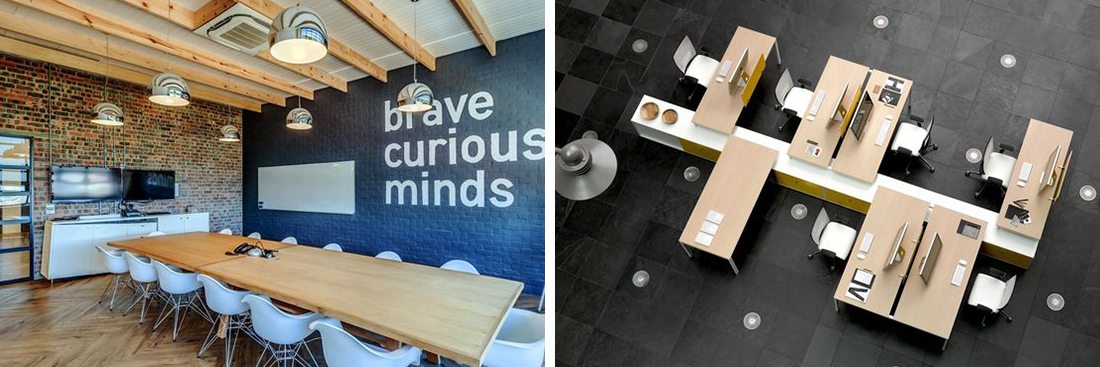
5. Maximise space
Don’t waste space with bulky, outdated equipment. Access information via the cloud or a flash drive – or even main screens connected with your phone or laptop via Wi-Fi. Wall or ceiling mounted speakers, multifunctional walls used as white boards and moveable screens are a few ways to save floor space.
That said, your clients don’t want to feel like they’re walking into a sound set or a spaceship – so be subtle. Choose systems that blend in well or can be built in. Video conferencing is also vital when connecting to staff who work from home, or to other branches locally or internationally based. You want to make sure that visuals and sounds are clear and crisp. At Xperiencemakers, we work hand in hand with specialists to design the best systems for your needs and budget.
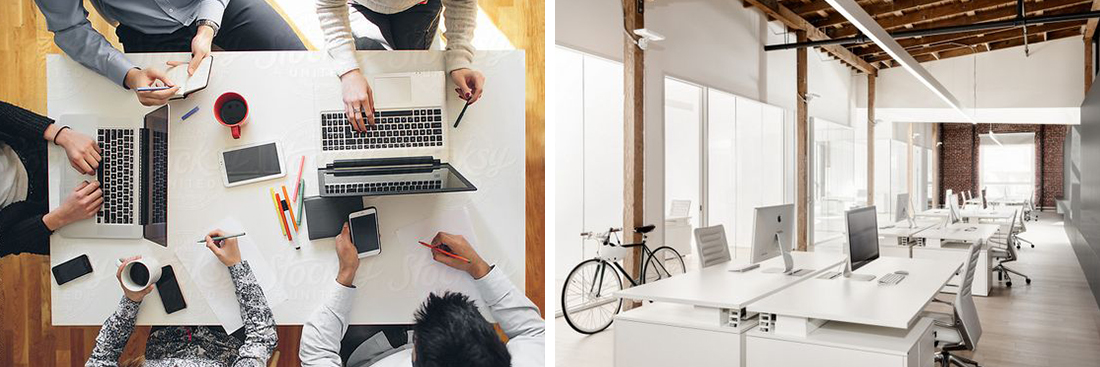
6. Limit outside technology
If everything is set up to create a focal point with screens for video presentations and video calls, it is important to minimise the use of other technology in the space, unless critical to the meeting. Studies show that people are less likely to understand complex ideas when using a laptop to take notes, as it’s very tempting to check emails or work on other things, causing you to lose focus. Meetings take you away from your workspace, but by multi-tasking during that time, you end up wasting more of your own time and that of others.
If you feel that your boardroom needs to be upgraded or changed to increase productivity and creativity in meetings, contact us for expert advice on how to best use the space you have available.
